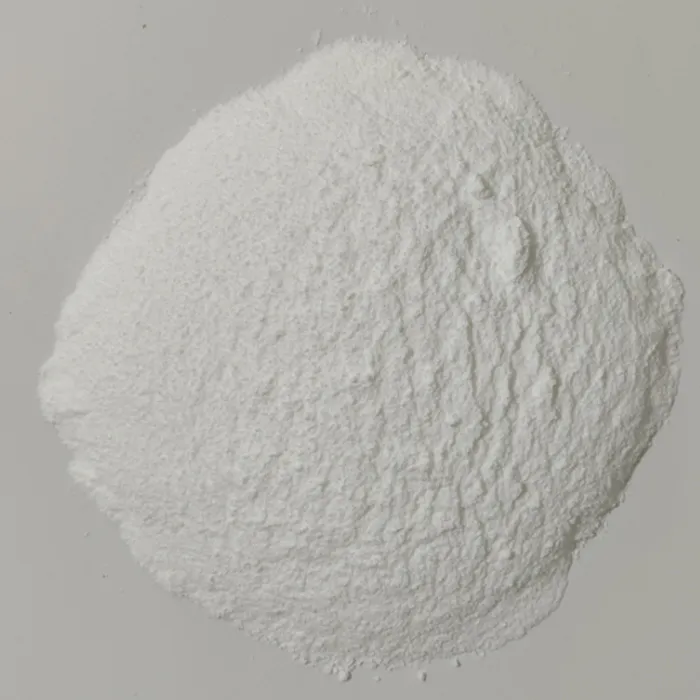Anti-Static Additives for Plastics Enhancing Performance and Safety
In today's fast-paced technological landscape, plastics have become ubiquitous, serving a myriad of applications from packaging to electronics. One essential property that has garnered increasing attention is the control of static electricity. The accumulation of static charge in plastics can lead to a host of problems, including dust attraction, product malfunction, and even safety hazards like electrical shocks and fires. To address these issues, anti-static additives have emerged as critical components in the formulation of plastics.
Understanding Static Electricity in Plastics
Static electricity occurs when there is an imbalance of electrical charges on the surface of materials. In plastics, this can happen due to their poor conductivity, which prevents the dissipation of electric charge. As a result, static charges can build up, leading to problems such as the attraction of dust and dirt, which can compromise the aesthetic and functional qualities of plastic products. In electronic applications, static discharge can damage sensitive components and disrupt operational efficiency.
Types of Anti-Static Additives
Anti-static additives can be classified into two primary categories permanent and temporary.
1. Permanent Anti-Static Additives These additives are incorporated into the plastic during its production process. They are designed to provide long-lasting anti-static properties by migrating to the surface of the plastic over time. Common materials used include non-ionic surfactants, quaternary ammonium compounds, and polyethylene glycol. These additives work by enhancing the surface conductivity of the plastic, allowing static charges to dissipate more effectively.
2. Temporary Anti-Static Agents In contrast, temporary agents are usually applied as coatings or sprays. Their effectiveness can diminish over time or with exposure to environmental conditions like humidity. Examples include water-based or solvent-based solutions that contain cationic or anionic surfactants. While they offer immediate solutions for static control, their longevity and performance may be less stable compared to permanent additives.
Benefits of Anti-Static Additives
anti static additives for plastic

The incorporation of anti-static additives into plastic formulations comes with numerous advantages
- Enhanced Surface Conductivity By improving the electrical conductivity of plastics, these additives help facilitate the dissipation of static charges, thereby reducing the risk of charge accumulation.
- Improved Product Performance In packaging, anti-static properties prevent dust attraction, leading to cleaner products and enhanced aesthetic appeal. In electronics, they safeguard sensitive components from damage due to electrostatic discharge (ESD).
- Safety Compliance Many industries are subject to safety regulations regarding static electricity. Using anti-static additives can help manufacturers meet these standards and reduce the risk of hazardous incidents.
- Versatility Anti-static additives can be used in a wide range of plastic types, including polypropylene, polyethylene, polyvinyl chloride (PVC), and polystyrene, making them suitable for various applications.
Challenges and Considerations
Despite their numerous benefits, the use of anti-static additives also presents challenges. The choice of additive depends on the specific application and the desired performance characteristics. Additionally, some additives can alter the physical properties of the plastic, including its strength and transparency. Therefore, thorough testing is essential to ensure the selected additive meets both functional and aesthetic requirements without compromising the material's integrity.
Conclusion
As industries increasingly rely on plastics, the role of anti-static additives will continue to grow. By addressing static electricity issues, these additives enhance not only the performance and longevity of plastic products but also ensure safety in their application. In a world where technology evolves rapidly, the development and application of effective anti-static solutions stand as a testament to innovation in materials science, ultimately contributing to improved product reliability and user safety.

